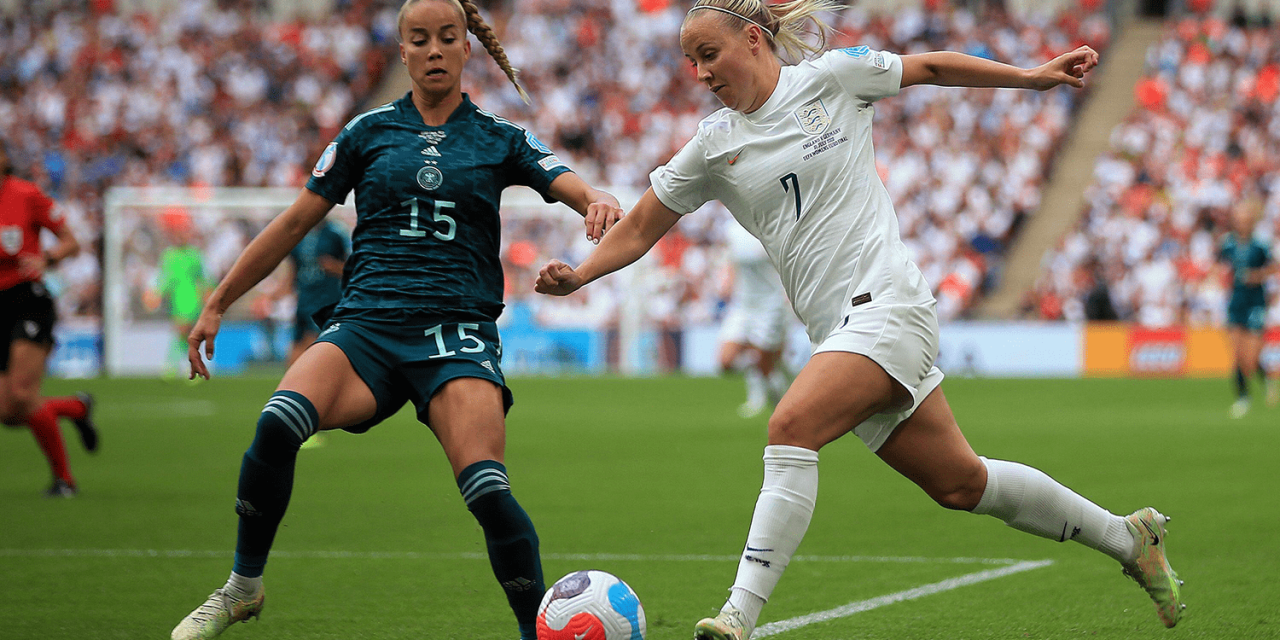Football has traditionally been a male-dominated sport, but women’s football is now taking centre stage. From jam-packed stadiums to extensive media coverage, the sport is experiencing a remarkable resurgence. This surge in popularity is not just a passing phase; it’s a testament to the dedication of female athletes and the increasing support from fans and sponsors.

Image Credit: STATSCORE
Breaking Records and Shattering Stereotypes
A significant milestone in women’s football was the 2019 FIFA Women’s World Cup in France, which drew an astonishing 1.12 billion viewers globally, according to the BBC. This unprecedented viewership underscored the growing interest in women’s football and set the stage for future growth.
In the UK, the Women’s Super League (WSL) has been instrumental in promoting the sport. Clubs like Arsenal, Chelsea, and Manchester City have heavily invested in their women’s teams, resulting in a more competitive and thrilling league. The WSL’s partnerships with Sky Sports and the BBC have further boosted its visibility, bringing the latest matches to a wider audience.
The Impact of Sponsorship and Media Coverage
Sponsorship deals have been crucial in the development of women’s football. Major brands like Barclays and Nike have backed the sport, providing essential financial support. This influx of funds has enabled clubs to improve facilities, offer better contracts to players, and invest in youth development programmes.
Media coverage has also played a vital role in elevating the profile of women’s football. The Guardian recently highlighted the increasing number of female pundits and commentators, which has helped to normalise women’s involvement in the sport. This shift in media representation is crucial for challenging outdated stereotypes and inspiring the next generation of female footballers.

Image Credit: UEFA.com
Betting on the Future
The betting industry has taken notice of the rise in women’s football. Bookmakers are now offering more markets and better odds on women’s matches, reflecting the sport’s growing popularity. For those keen on the latest sports betting odds, platforms like Coral provide comprehensive information and updates.
The increased interest in betting on women’s football is a positive sign for the sport’s future. It shows that fans are not only watching but also actively engaging with the games. This level of engagement is essential for the long-term sustainability of women’s football.

Image Credit: StatsBomb
Challenges and Opportunities
Despite the progress, women’s football still faces several challenges. Pay disparity remains a significant issue, with female players earning a fraction of their male counterparts’ salaries. Additionally, more investment is needed in grassroots programmes to ensure a steady pipeline of talent.
However, the opportunities are immense. The success of the WSL and the growing interest in international tournaments suggest that women’s football is on an upward trajectory. With continued support from fans, sponsors, and the media, the sport has the potential to reach new heights.
The future of women’s football looks bright, and as more people tune in and support the sport, it will continue to grow and thrive. The journey has just begun, and the best is yet to come.


